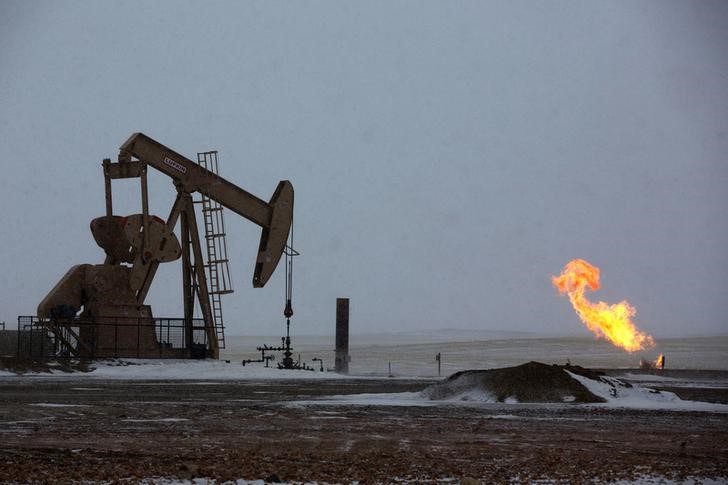By Ambar Warrick
Investing.com-- Oil prices hit a two-week high on Thursday as pressure from the dollar eased, while record-high U.S. crude exports suggested that global oil demand remained robust despite recent economic headwinds.
Crude prices extended gains into a third straight session, with markets largely looking past a bigger-than-expected rise in U.S. crude inventories, given that the bulk of the surplus came from the Biden Administration’s drawdown of the Strategic Petroleum Reserve (SPR).
Markets cheered data that showed U.S. crude exports surged to a record-high 5.1 million barrels a day, pointing to some resilience in global demand despite rising inflation and interest rates.
U.S. gasoline demand also remained elevated, with inventories falling by a bigger-than-expected 1.5 million barrels last week. Traders are positioning for a potential fuel crunch in the U.S., given that inventories are currently at an eight-year low.
On Thursday, London-traded Brent Oil Futures rose 0.3% to $94.08 a barrel, while West Texas Intermediate crude futures rose 0.3% to $88.15 a barrel, as of 22:12 ET (02:12 GMT). Both contracts jumped between 2% and 4% on Wednesday, and were trading at two-week highs.
Further benefiting prices, the dollar sank to an over one-month low on Thursday, as traders bet that an economic slowdown will force the Federal Reserve to slow its pace of interest rate hikes.
Strength in the dollar, which surged to 20-year highs this year on rising interest rates, has weighed heavily on crude markets by making dollar-denominated oil imports more expensive.
Oil prices rose sharply from annual lows this month after the Organization of Petroleum Exporting Countries and Allies (OPEC+) announced its largest supply cut since the COVID-19 pandemic in 2020.
This, coupled with sanctions on Russian oil, is expected to tighten supply towards the end of the year.
But the U.S. threatened to offset this tightening by releasing more oil from the SPR. The White House released about 3.4 million barrels of crude from the SPR last week, bringing the stockpile to its lowest level since 1984.
Oil demand in the world’s largest importer, China, is also expected to remain weak in the coming months, given that the country has no plans to scale back its strict zero-COVID policy.
